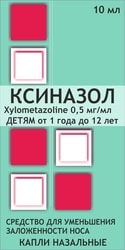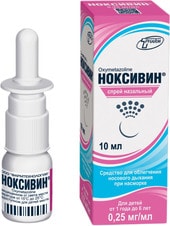
Low hemoglobin, also known as anemia, is a condition characterized by a lower-than-normal number of red blood cells or less hemoglobin in the blood. Hemoglobin is a protein in red blood cells that carries oxygen from your lungs to the rest of your body. When hemoglobin levels are low, your body doesn't get enough oxygen, leading to a range of symptoms and potential health complications.





